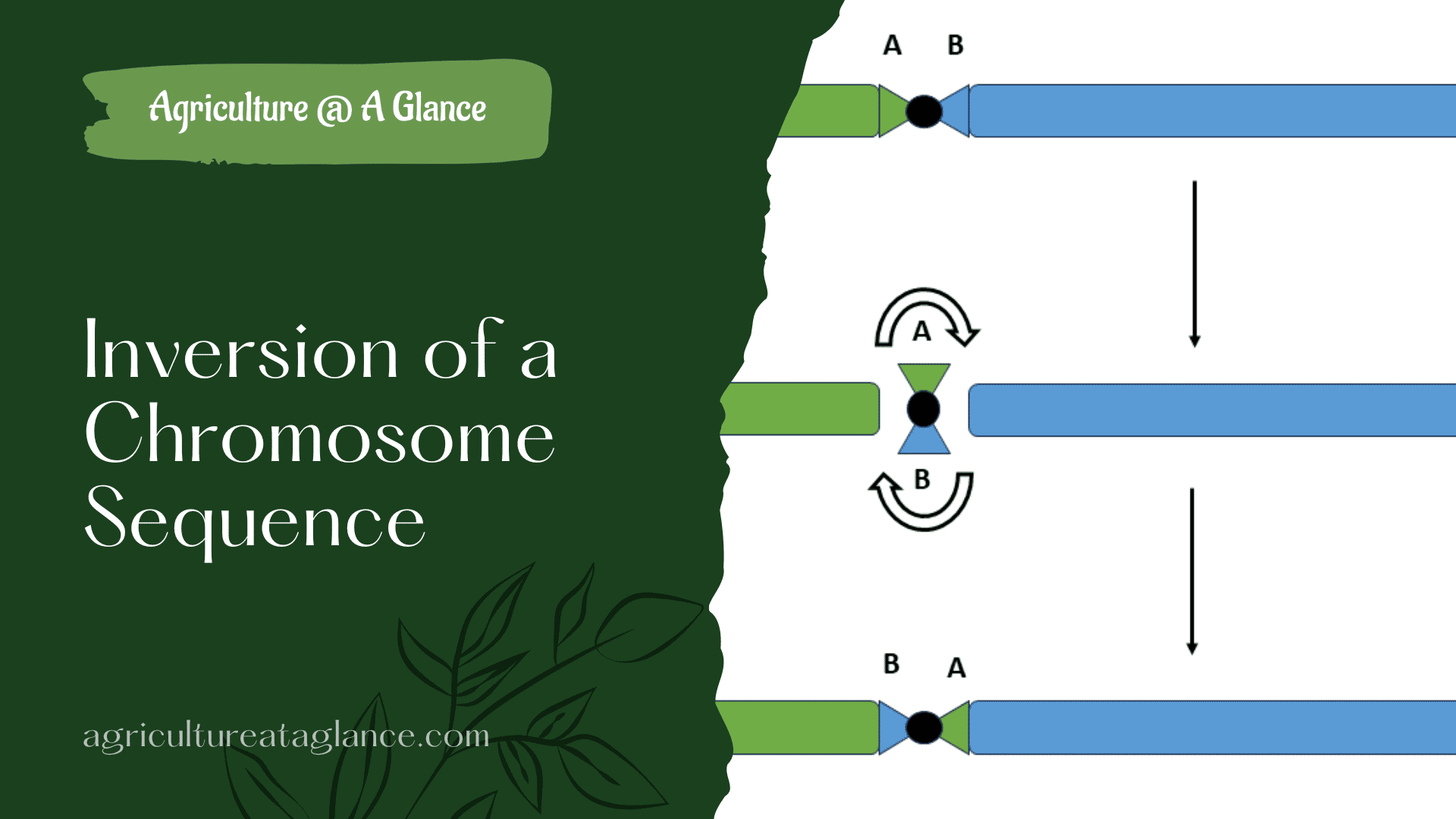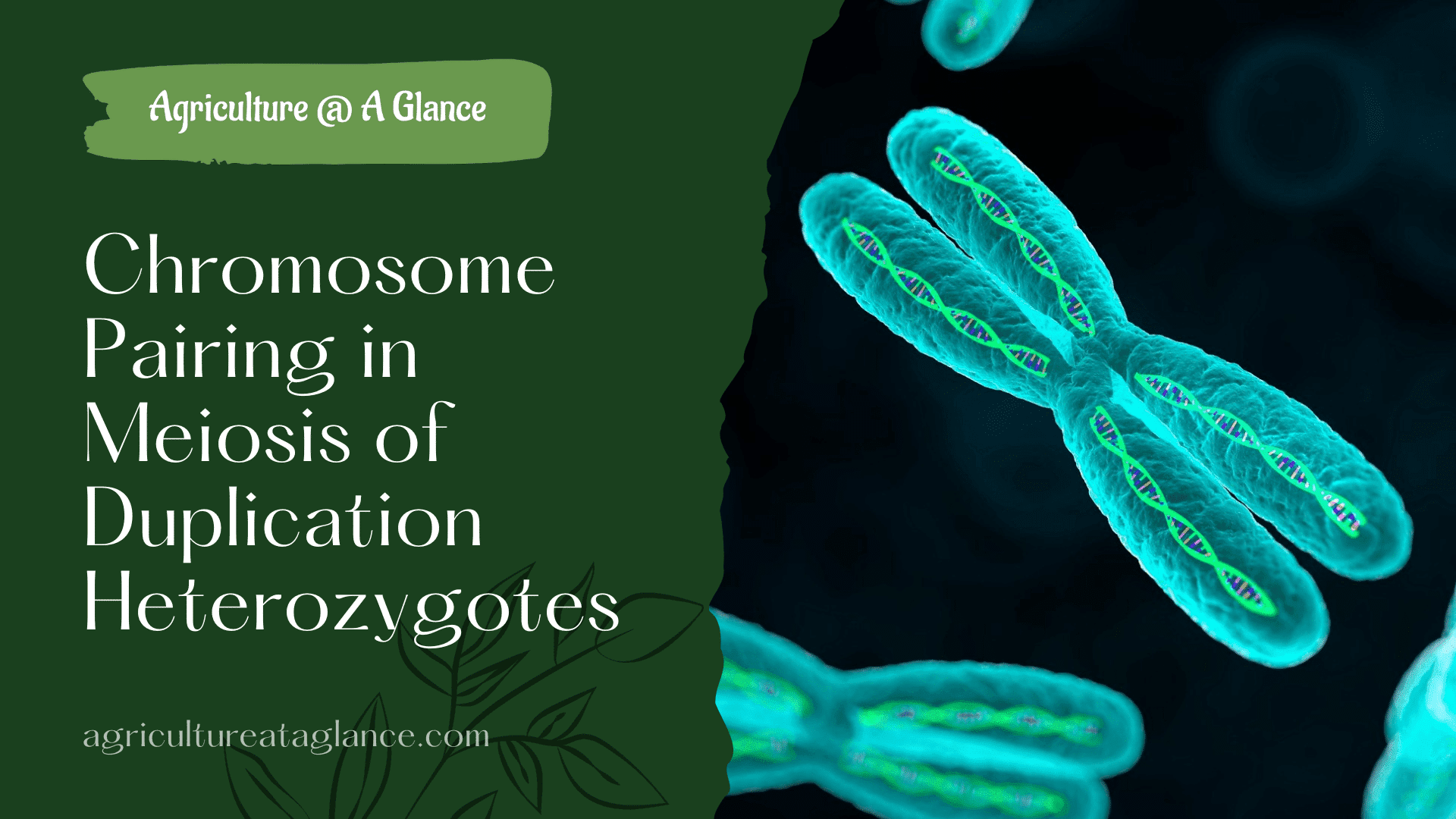Non-mendelian genetics involves the pattern of inheritance that does not follow Mendel’s laws. It describes the inheritance of traits linked to a single gene on chromosomes.
- Mendel study on Qualitative traits.
- Non-mendelian concept is on Quantitative traits.
Polygenic Inheritance
When one trait is controlled by many genes, this phenomenon is called polygenic inheritance. It is first described by Nilsson Ehle in the Karnal colour of wheat.
- When one is fair then he has a recessive allele.
- When one is dark then he has a dominant allele.

Incomplete dominance
In incomplete dominance, dominant factors are unable to express their character/phenotype completely, resulting in the generation type being intermediate.
♀/♂ | R(Red) | R(Red) |
r(White) | Rr(Pink) | Rr(Pink) |
r(White) | Rr(Pink) | Rr(Pink) |

Codominance
In codominance both the equal of a gene express for a particular character in F1 Progeny. This is also known as a no-blending character. It has 3 types:

In codominance and incomplete dominance you have not identify to seen there phenotypes, you have to see there molecular level effects then you can identify that this is incomplete dominance and this is codominance.
1. Multiple Alleles
Multiple alleles are when a population has more than two alleles for a trait.
2. Pleiotropy
Generally one gene affects a single trait. Pleiotropy is defined as the phenomenon where one gene governs more than one character/traits.

3. Lethal Alleles
Lethal alleles, also known as fatal genes, are alleles that cause the death of the organism that carries them.
Cytoplasmic Inheritance/ Extranuclear Inheritance
In cytoplasmic inheritance, the character of only one of the two parents(usually the female parents) is transmitted to the progeny. When one parent character/traits appear in offspring of the two parents, generally female parent character/traits appear in the offspring. Cytoplasmic inheritance was coined by Carl Correns.




